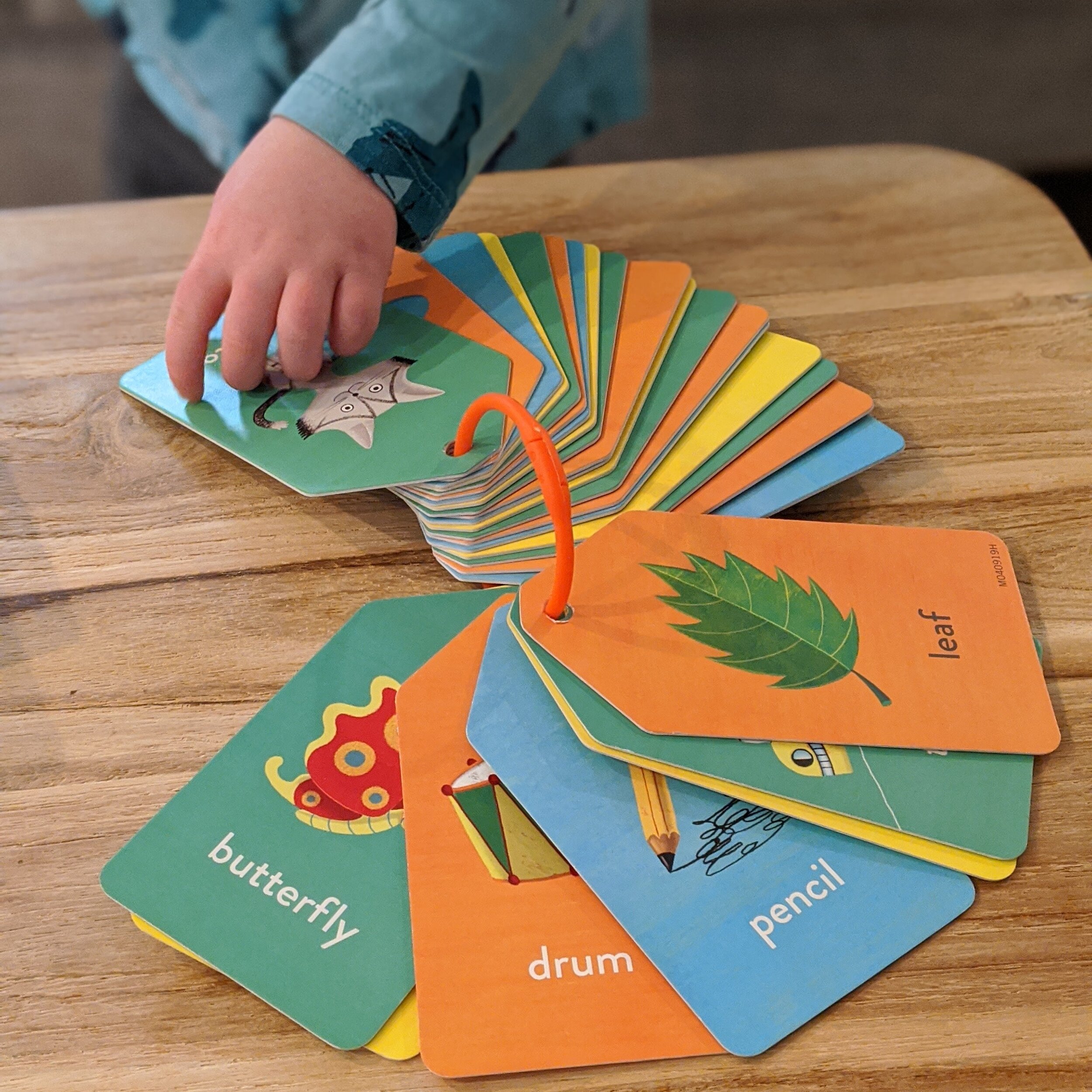Exposing Toddlers to a Second Language
Montessori in Real Life
It may seem crazy to introduce a second language to our 2-year-old when she is still picking up English and we aren’t a bilingual home. However, research suggests otherwise. Young children can effortlessly pick up more than one language, without even knowing they are doing it. In contrast, we as adults, or even older children, have to work really hard at it. A younger child will also have an easier time recognizing and pronouncing different speech sounds and accents of other languages.
There are many advantages to learning more than one language in the early years, from higher executive functioning and problem-solving to developing an awareness and understanding of cultures different than one’s own. Obviously the ease at which toddlers pick up a second language, and the benefits they experience from it, are more pronounced in a bilingual home. However, even young children with a smaller exposure to a second language can reap some of these benefits.
I started learning Spanish in middle school and continued through college, when I studied abroad in Spain. Since then, I’ve hardly used it, which means I’ve lost a lot of it. But it is amazing how much of it comes back now that I’m introducing Spanish language to D. We have found various activities to engage in together to make learning Spanish fun for both of us! While I know I’ll never be fluent, and D might not be either, it still feels worthwhile, for the aforementioned reasons. :)
Books & Music
One of the simplest ways to introduce another language is through music. We have been listening to some Spanish songs on her Jooki, such as those by one of our favorite kid artists, Little Parade. We’ve also been singing “Cabeza, Hombros, Rodillas, y Deditos” (Head Shoulders Knees and Toes) and “Las Ruedas del Autobus” (Wheels on the Bus) together. It’s so fun to see her start referring to her toes as both toes and deditos these days. I’ve also been finding some great English-Spanish books at the library. Her favorite right now is “Me Gusta Cuando” (see above).
Habbi Habbi
This tool is especially helpful for adults, like me, who aren’t fluent and don’t know how to pronounce every word correctly. The Habbi Habbi books are a super innovative and fun way for toddlers to engage in learning a new language from a native speaker. Each inch of each book is tappable via the wand, and speaks in both English and Spanish (or Chinese in the other version). There are four titles out now, and D’s favorite by far is the Book of Emotions. I’m really excited for the ones coming out soon called “I am Kind” and the “Book of Chores”. The voice of each of the books is fluent, clear, and easy to listen to. I love that the phrases and pictures in the books are all positive, inclusive, and contemporary. It’s been a great way for D and I to engage in learning Spanish together recently.
Puzzles & Toys
Lastly, we have also just been discussing Spanish in the context of play. When we do color sorting, I might mention “Rojo” in addition to “Red” so she hears both languages. Some toys make this even easier with the Spanish word printed on, such as these wooden animal puzzles. D has begun referring to this puzzle solely as the “Girafa”. She is also enjoying the flash cards pictured above, where the English is on one side, and Spanish on the other. She carries it around with her and flips through the cards. Again, all of it is just familiarizing her with the second language - no expectations necessary!












